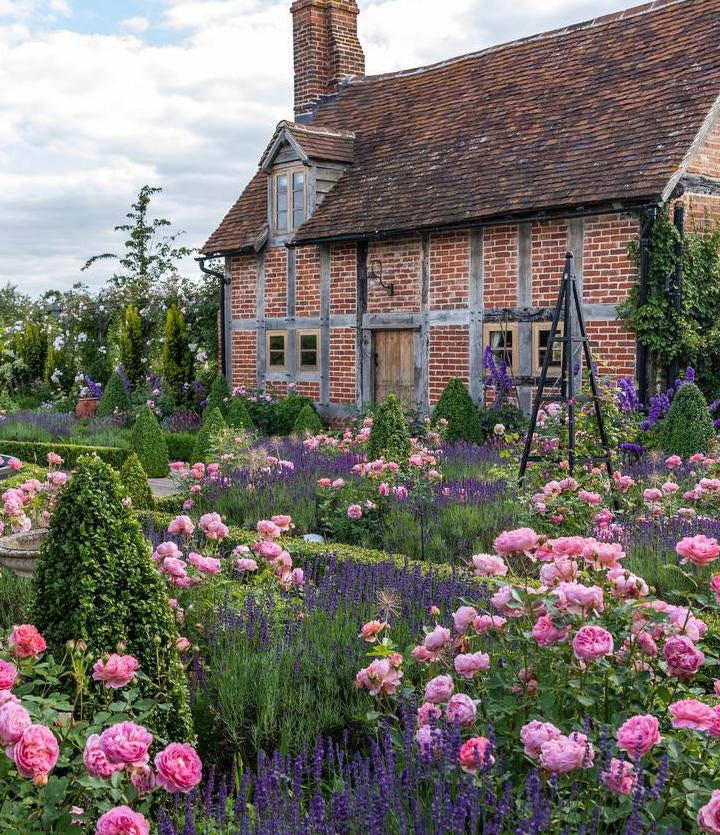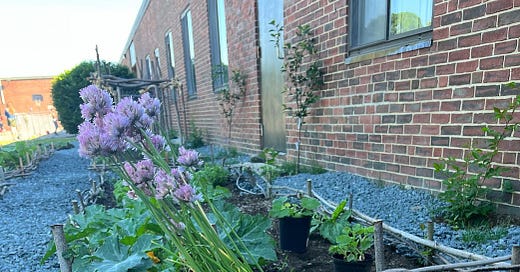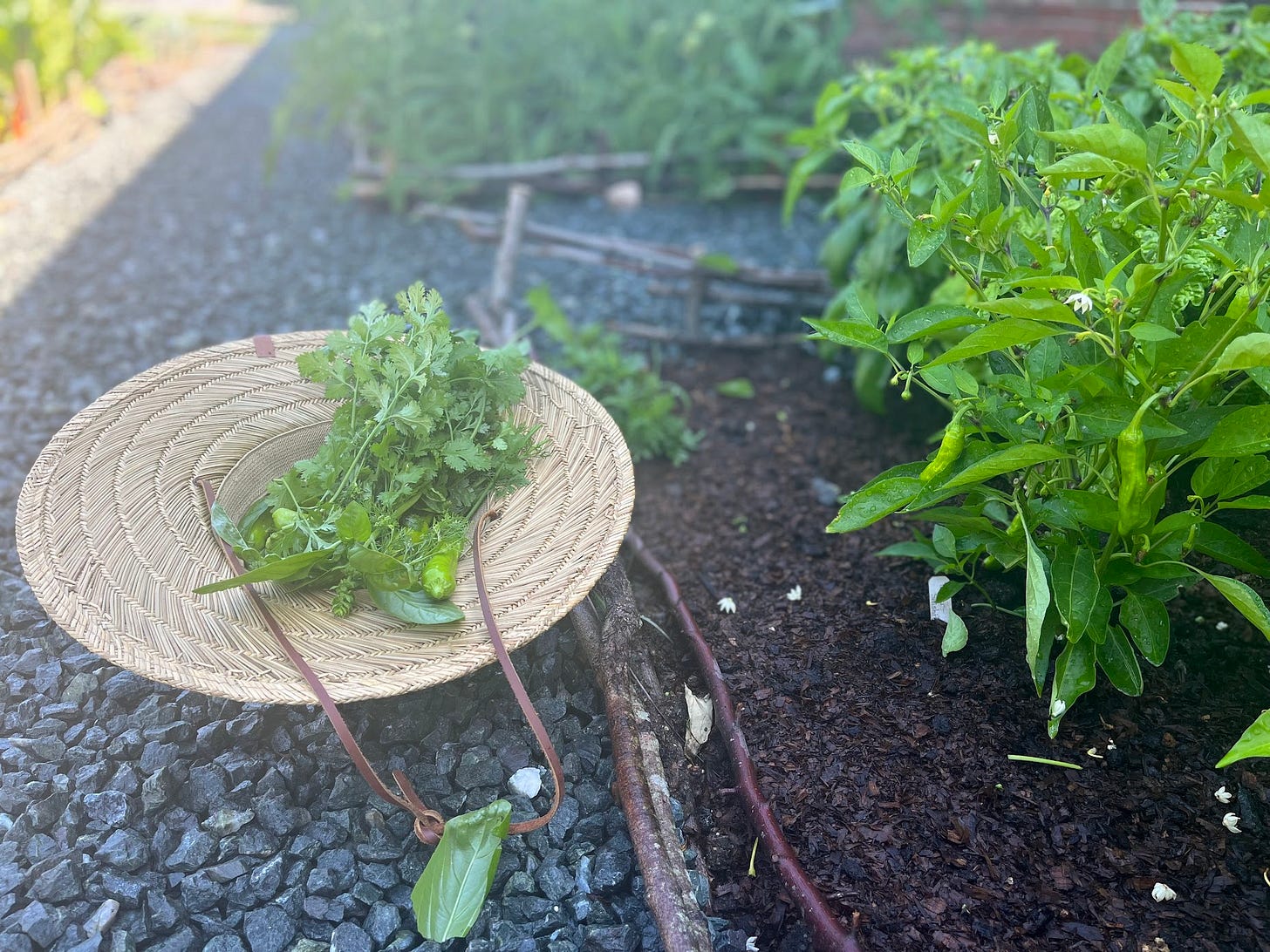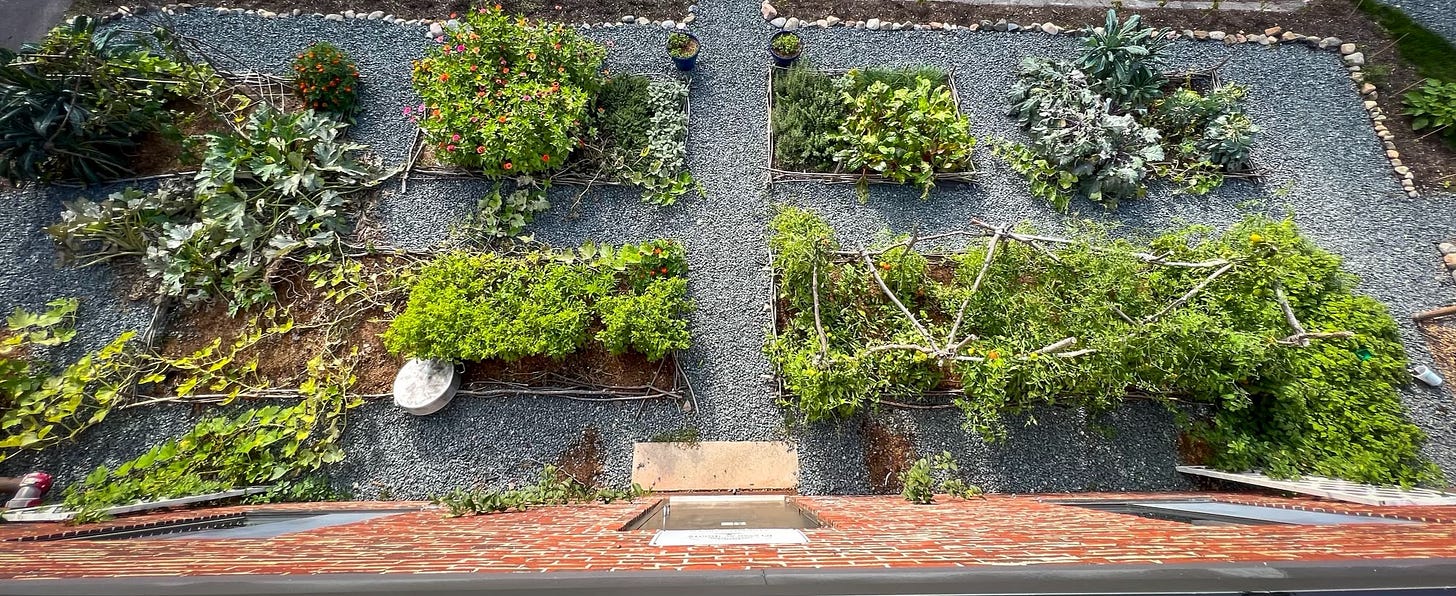There’s a scene in the great Italian war film Life is Beautiful where the main character, Guido, walks through a bric-a-brac shop with his eccentric uncle Zio. When Guido dares to question why this brilliant man would be so interested in the ephemera on the shelves, Zio offhandedly replies, “Nothing is as essential as the inessential.” I don’t have any tattoos but, if I were to get one, this quote would be high on the list of possibilities. These are words to live by.
The inessential things in life are the things that make us feel human, that make us feel like we’re living instead of merely surviving. Why else do we find, wherever archaeologists dig into the ancient past, that the earliest societies made time, even amongst the blood and trevail of eeking out a hunter-gatherer existence, for poetry and wine? To eat is simply not enough: we want a meal. To satisfy our appetite is insufficient: we need dinner and, with dinner, things to sip and to argue about. Someone who sees food only as fuel might think of themselves as practical, but what they really are, practically speaking, is an animal. Animals are limited to their impulses—only humans can have taste.
Yet even someone who appreciates this subtle yet important aspect of our humanity might forget to apply that knowledge to something like a garden. I wrote earlier this year, in a general way, about the aesthetics of vegetable gardening. And that article prompted a few questions about the specific aesthetic that has informed our design here at the Classical Roots Program. Perhaps it’s worth spending some time answering that question, in case other people would like to take a stab at our sort of design. More than anything, the key with aesthetics is to make sure that you have one—that some sort of inspiration or atmosphere is informing the decisions you make as you purchase and plan and plow, so that your at-home garden won’t become the equivalent of a bric-a-brac shop.

Basically, the Roots Program has adopted what is called a Cottage aesthetic. This style of garden has its origins in fifteenth-century England. During that period, as economic structures shifted from the indentured servitude of the high Medieval Period, where the lower classes tended to work land that belonged to a lord, to individual homesteads on which a household raised its own food, families began to make personal gardens that lay close to the house, out of whatever materials lay close at hand. Teepee-style trellises were built of lashed-together sticks, mobile walls or “hurdles” of woven hazel branches penned in the sheep, and decorative plants like the rose added a splash of color to the view from the family-room window. It’s a style that’s closely related to the potager garden of France, which mixes the practical needs of veggies “for the pot” with the clean lines and occasional blooms of simple good taste.
The Cottage Style is appealing to us for several reasons. First, it avoids the harsh, often neon-colored plastic or metalwork fences and structures you find for sale at big box home improvement stores. While such objects promise to last a long time (plastic doesn’t rust!) and certainly catch the eye from where they sit on the shelves, they tend to make your garden look more like a failed industrial experiment than an escape into life’s simple pleasures. And venturing into a garden really should be an escape—a moment of refuge and nourishment. Second, this style is appealing because it allows us to build and maintain the garden using what’s around us which, of course, was part of the intention in the first place. If you were to stop by the vegetable garden on a summer’s day, you’d notice waddle-work fencing and wooden wigwam trellises that would have been easily recognizable to a gardener from the Middle Ages. In that sense, we’re honoring history with our gardens as well, not simply because we like looking backward but because, in history, it’s sometimes the best ideas that survive the longest.
There are certainly other styles we might have chosen. As a Classical school, it would have made sense to veer toward the architectural, structural style of continental Europe which is often dominated by geometric patterns, stately paths, and walls of evergreens. This style is sometimes also called “Power Gardening” since it was so often favored by those with large estates, and something to prove. But grandeur wasn’t as valuable or, frankly, as accessible to us as we began to scrabble in the dirt in our free time, so the Cottage Style came naturally to hand. We still include symmetrical elements in our design, namely in the clean rows of trees in our orchard and the mirroring gravel paths of the Vegetable Garden but, in the end, we’ve prioritized the homey over the Homeric. Perhaps that trend will shift in time, and perhaps it won’t. I’d be very pleased either way—healthy gardens have to change.
I highly recommend the Cottage Style for almost any home garden, especially those near houses that are built in traditional colonial architectural styles—or even near more midcentury houses like ranches or brick condos. The renewable materials you use to build such gardens, often wood or stone, foster a sense of connection between the indoors and the wider world, making the garden a sort of in-between place that’s both within and without. In urban or more modern homes, industrial materials, like the old galvanized cattle-watering barrels that are inexplicably popular as a choice for raised beds, will look more at home. The key thing is to make sure the garden relates to the building from which it originates, both geographically in terms of the way the paths run, and aesthetically in terms of the cultural and historical signals it sends. Most of all, it needs to be a place where you want to go, a place that calls you outward when you need a moment of calm and restoration, an inessential plot of land that you can make into something essential.






